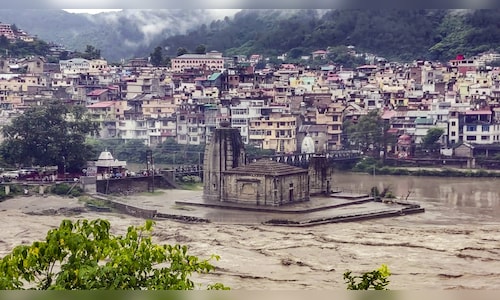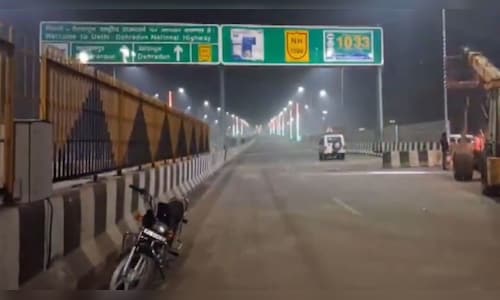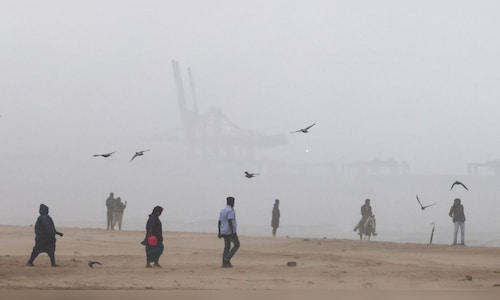The bench made the remarks during a hearing concerning the preservation of Shri Tara Devi Hill in Shimla, where the Court upheld the Himachal Pradesh government’s decision to classify the area as a green zone, thereby prohibiting further construction activity, News18 reported.
While addressing the specific case, the Court seized the opportunity to put the spotlight on the wider environmental challenges plaguing the state. Justice Pardiwala remarked, “You cannot earn revenue at the cost of the environment,” criticising the widespread and often unscientific expansion of infrastructure, including large-scale hydropower projects, multi-lane highways, and rampant deforestation.
Also read | Kerala’s Madayipara transforms into floral wonderland and tourists are amazed
The justices noted that the environmental situation in the state deteriorated sharply, warning that Himachal Pradesh is witnessing a “severe ecological imbalance” resulting in frequent and devastating natural disasters. In 2025, hundreds of lives have been lost and thousands of homes destroyed due to floods and landslides.
Citing the visible consequences of climate change, the bench pointed to retreating glaciers like the fast-receding Bara Shigri glacier altered snowfall patterns, and erratic weather events that are destabilising slopes and undermining key livelihood sectors like agriculture, horticulture, and ecotourism.
Also read | Residents of another scenic destination in France are battling overtourism
The Court placed the bulk of the blame on human activity rather than natural causes. It criticised poorly regulated tourism, inadequate waste disposal systems, and the failure to observe environmental safeguards in infrastructure development as primary drivers of the crisis.
Taking suo motu cognisance, the Supreme Court converted the case into a Public Interest Litigation (PIL), signalling its intent to oversee the issue more closely. It directed the Himachal Pradesh government to submit a comprehensive action plan within four weeks, marking a critical step towards addressing the state’s growing environmental vulnerability.
(Edited by : Jerome Anthony)






